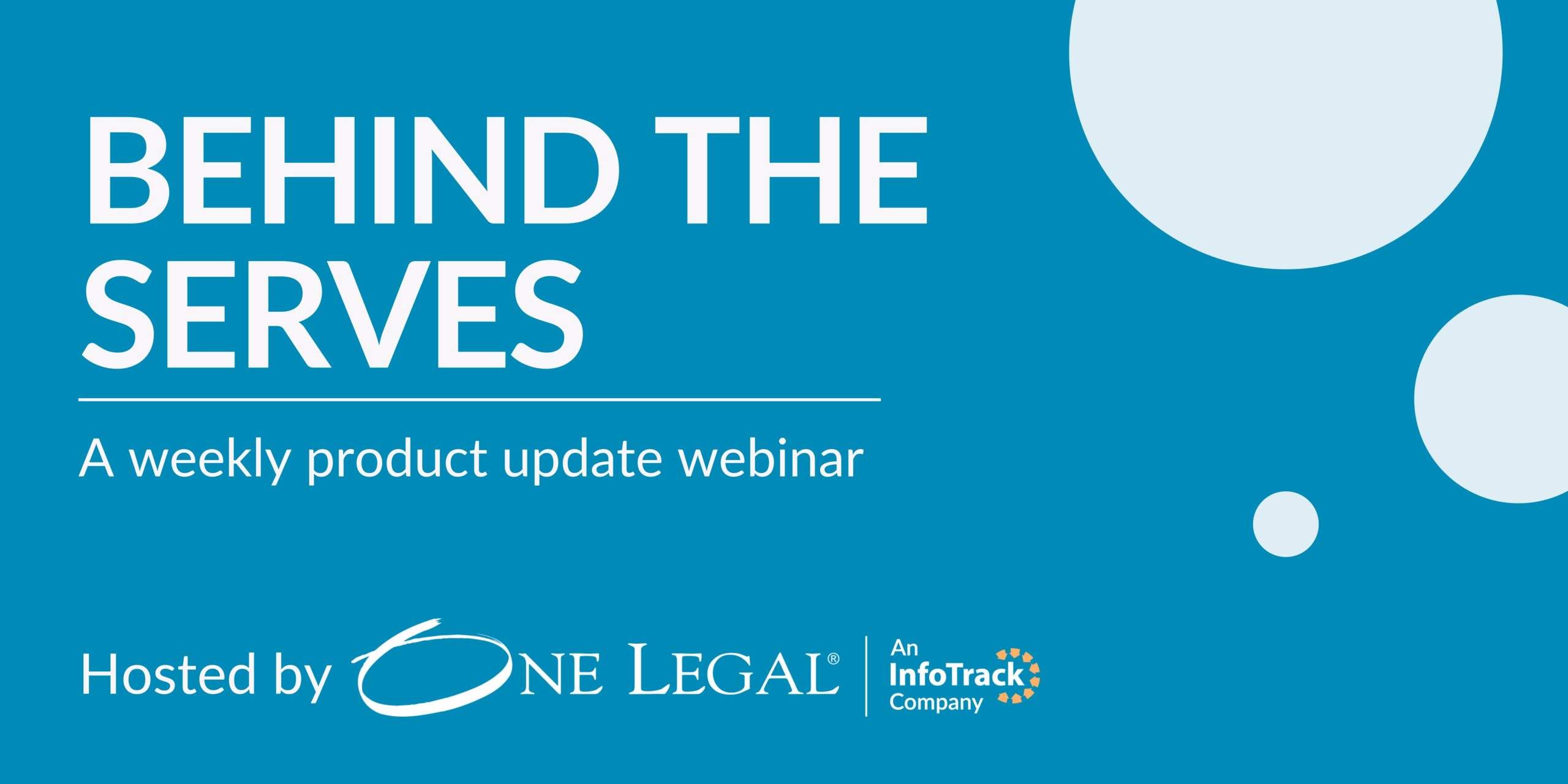Legal malpractice is a concept that strikes fear in just about every attorney – even those who are the most careful, skilled, and ethical (perhaps especially them). And for good reason: a malpractice allegation can have significantly dire impacts on your reputation, your finances, and your career.
While malpractice claims are a relatively rare occurrence, they are on the rise. This is particularly troubling news in California, where the implications of malpractice are particularly significant due to the state’s stringent legal standards and the high expectations placed on legal professionals.
Thus, understanding what constitutes legal malpractice, its consequences, and the preventative measures that can be taken is essential for all legal professionals.
In this post, we’ll explore those issues, beginning with an overview of the legal framework of legal malpractice in California.
From there, we’ll discuss common malpractice allegations, move on to the consequences of such claims, and highlight the preventative measures you can take to avoid such claims.
Finally, we’ll take a look at the different ways clients can raise malpractice allegations within the state.
Understanding legal malpractice
Simply put, legal malpractice in California is the failure of an attorney to fulfill their professional obligations to a client’s detriment. Sound familiar? It should – generally speaking, legal malpractice is largely just a fancy niche of negligence.
The seminal case of Lucas v. Hamm delineated the contours of legal malpractice in our state. The Lucas court explained that:
The general rule with respect to the liability of an attorney for failure to properly perform his duties to his client is that the attorney, by accepting employment to give legal advice or to render other legal services, impliedly agrees to use such skill, prudence, and diligence as lawyers of ordinary skill and capacity commonly possess and exercise in the performance of the tasks which they undertake. (Lucas v. Hamm, 56 Cal.2d 583, 591 (Cal. 1961).
Of course, some of the underpinnings of legal malpractice can also be found in the statutes. Section 6148 of the Business and Professions Code, for example, mandates written fee agreements in certain cases, implying a standard of clear communication and transparency.
Many other provisions of the State Bar Act give specific instructions about what an attorney should and should not do.
Long story short: when a statute tells you that you need to do something, it’s always a good idea to do it.
That said, while failing to follow statutory mandates for the profession can create a clear case for malpractice, the ultimate question you should always be asking yourself – stated in layperson’s terms – is, “did I do what other pretty good attorneys in California would have done?”
Common types of malpractice claims in California
In truth, malpractice claims can arise from various failures and oversights. Understanding these common claim types is important for those of you who wish to avoid such pitfalls (hopefully, all of you).
Negligence
As alluded to above, professional negligence is the most prevalent form of malpractice. As we learned from the Lucas ruling, negligence occurs when an attorney fails to provide the skill, prudence, and diligence as other members of the profession would under similar circumstances.
This could manifest in things like inadequate research, misapplication of the law, or failing to keep a client informed about important case developments.
Breach of fiduciary duty
Attorneys have a fiduciary duty to act in the utmost good faith for the benefit of their clients. Breaches include conflicts of interest, mishandling client funds, or disclosing confidential information without the client’s consent.
Failure to follow client instructions
An attorney’s failure to adhere to their client’s explicit instructions can be grounds for a malpractice claim if it results in harm to the client’s case or financial position.
Procedural errors
Missing filing deadlines or mishandling court documents can directly result in case dismissal or loss, which are clear grounds for malpractice claims.
Consequences of legal malpractice
So, what if you accidentally made one of these errors? Well, the consequences of legal malpractice for an attorney in California are profound and multifaceted.
From a reputational standpoint, even allegations of malpractice can erode client trust and professional standing. And keep in mind that your misdeeds, if proven, become public – in fact, they are highlighted in the State Bar of California’s disciplinary records for all the world to see.
Indeed, on the regulatory front, the aforementioned California State Bar Act empowers the Bar to take disciplinary action against attorneys for acts of malpractice. This can range from private reprimands to suspension or disbarment.
Financially, the costs associated with defending a malpractice lawsuit, coupled with the potential for paying damages if found liable, can be significant.
We don’t have to tell you how expensive it is to defend a lawsuit, do we? Moreover, if you are found liable and/or formally disciplined by the Bar, it could greatly impact your ability to find and keep jobs and clients.
Moreover, let’s not overlook the emotional and psychological impact on attorneys facing malpractice claims. The stress and anxiety of litigation, potential financial strain, and damage to professional relationships can have lasting effects on an attorney’s well-being and ability to practice.
So, now that we have your attention, let’s focus on the things you can do to avoid this problem.
Preventative measures for attorneys
To mitigate the risk of facing malpractice claims, attorneys in California can adopt several best practices:
Continuous learning
Keeping abreast of new laws, regulations, and case law is crucial. As you know, California’s laws are constantly evolving, and being informed can prevent inadvertent errors.
The Daily Journal is a good place to start, but if you practice in a niche area, you should consider subscribing to a publication that highlights changes and important case developments within your practice area.
Ethical compliance
Adhering strictly to the California State Bar’s Rules of Professional Conduct can safeguard against many potential malpractice issues. You are required to take continuing education courses on ethical issues, and the State Bar provides a plethora of CLE courses on ethics, so there’s really no excuse for skipping this step.
Effective communication
Many malpractice claims stem from misunderstandings or miscommunications. Regular, clear, and documented communications with clients can preclude many issues related to expectations and instructions.
Documentation and record-keeping
Maintaining comprehensive files on client interactions, court filings, and research can provide crucial evidence to refute malpractice claims. Given the vast array of CRM systems available to lawyers these days, there’s really no excuse for poor record-keeping.
Risk management
Implementing office practices that include regular reviews of caseloads, deadlines, and client communications can help identify and mitigate risks before they escalate into malpractice claims.
How does a client even raise malpractice allegations?
Before we let you out of this sticky subject, we’d be remiss if we didn’t discuss how client allegations of legal malpractice come to fruition.
Clients who suspect that they have been the victim of legal malpractice in California have specific channels and processes to pursue claims.
The first step is typically to consult with another attorney to assess the merits of the case. If malpractice seems evident, the client can then choose to file a lawsuit against the original attorney.
The statute of limitations for legal malpractice claims in California, outlined in Code of Civil Procedure Section 340.6, states that actions must be brought within one year after the client discovers, or through the use of reasonable diligence should have discovered, the facts constituting the wrongful act or omission, or four years from the act or omission itself, whichever comes first.
Simultaneously, clients may report the attorney to the State Bar of California, which has the authority to investigate professional conduct and impose disciplinary actions if necessary. In fact, the Bar offers an online complaint form for this purpose.
Importantly, the Bar’s job is only to investigate and recommend discipline if warranted. The organization does not represent the client in court or otherwise assist with a civil court claim against you.
Nonetheless, you do not want them involved.
As with most things in life (such as health and wellness), when it comes to legal malpractice, an ounce of prevention is worth a pound of cure.
Thus, if this post serves as nothing more than a reminder to always be on your best game, stay on top of legal changes, and treat your clients with the respect and professionalism they deserve, then our job here is done.
Conclusion
Legal malpractice presents a formidable threat to attorneys in California, carrying severe repercussions for reputation, finances, and career trajectory.
As malpractice claims continue to rise, understanding its nuances, consequences, and preventative measures becomes paramount. Rooted in negligence and fiduciary breaches, common allegations include negligence, breach of fiduciary duty, failure to follow client instructions, and procedural errors.
Consequences range from reputational damage to regulatory disciplinary actions and financial strain. Proactive measures such as continuous learning, ethical compliance, effective communication, diligent documentation, and risk management are crucial in mitigating risks.
Understanding how clients raise malpractice allegations underscores the importance of preventive strategies.
Prioritizing professionalism, diligence, and client welfare remains the best defense against legal malpractice.







